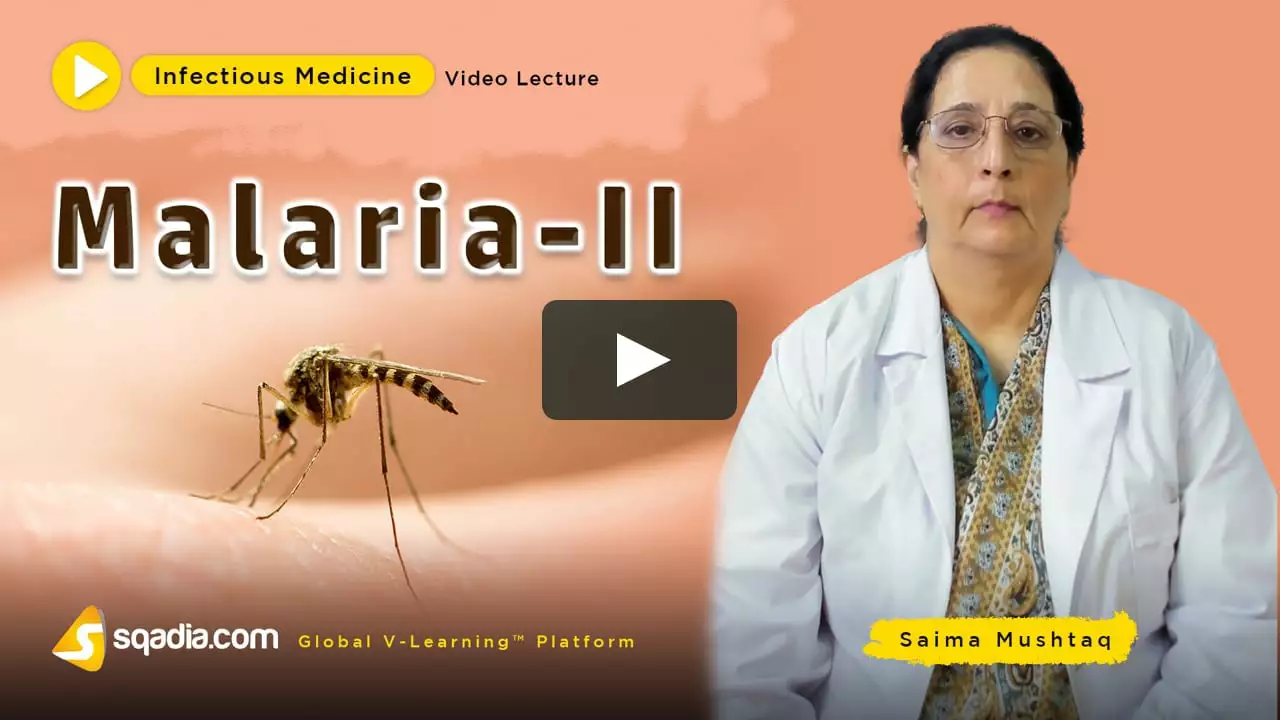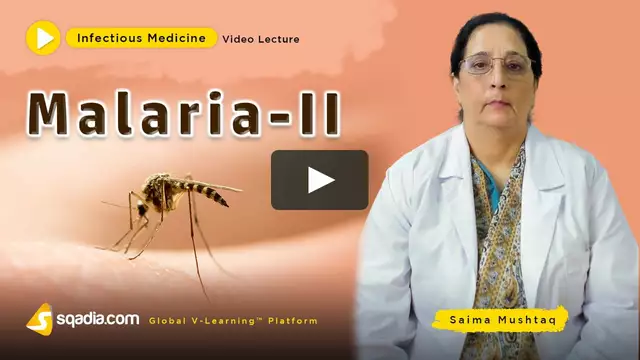Primaquine and its potential impact on global health

Unlocking the Power of Primaquine: A Game Changer in the Fight Against Malaria
As a blogger who is deeply invested in global health, I've been closely monitoring the advancements in the field of malaria treatment. Today, I want to talk about Primaquine, an underutilized antimalarial drug that has the potential to make a significant impact in the fight against this deadly disease. In this section, I will discuss how Primaquine works, its unique characteristics, and why it's considered a game changer in global health.
Primaquine is an 8-aminoquinoline drug that was first developed in the 1940s. It has a unique mechanism of action that targets the liver stages of malaria parasites, specifically Plasmodium vivax and Plasmodium ovale. These parasites can form dormant stages in the liver called hypnozoites, which can reactivate and cause relapses weeks or even months after the initial infection. Primaquine is the only drug currently available that can effectively target and eliminate these dormant parasites, thereby preventing future relapses.
The ability to target and eliminate hypnozoites is what sets Primaquine apart from other antimalarial drugs. This unique characteristic has the potential to revolutionize malaria treatment and control efforts, particularly in regions where P. vivax and P. ovale are prevalent. By preventing relapses, Primaquine can reduce the overall global burden of malaria and help pave the way for malaria elimination efforts.
Overcoming the Barriers: Addressing Primaquine's Challenges in Real-World Settings
Despite its potential to significantly impact global health, Primaquine faces several challenges that have limited its widespread use. In this section, I will discuss the primary barriers to Primaquine adoption and the efforts being made to overcome these obstacles.
One of the main challenges associated with Primaquine is the risk of hemolysis, or the breakdown of red blood cells, in individuals with glucose-6-phosphate dehydrogenase (G6PD) deficiency. This genetic condition is relatively common in malaria-endemic regions, and affected individuals can experience severe and sometimes life-threatening complications when treated with Primaquine. As a result, guidelines recommend G6PD testing before administering the drug, but this can be logistically challenging in resource-limited settings.
Efforts are being made to develop alternative treatment regimens for Primaquine that minimize the risk of hemolysis in G6PD deficient individuals, as well as to improve access to G6PD testing in malaria-endemic regions. Additionally, research is ongoing to develop new drugs that can target the liver stages of malaria parasites without the risks associated with Primaquine.
Primaquine in Action: Case Studies Demonstrating its Impact
As we continue to explore the potential of Primaquine in global health, it's important to examine real-world examples of its successful implementation in malaria control efforts. In this section, I will share case studies from two countries that have successfully integrated Primaquine into their malaria control programs, demonstrating its potential for broader application.
In 2015, Sri Lanka was declared malaria-free by the World Health Organization (WHO) after a decades-long elimination campaign. Primaquine played a key role in this achievement, as it was used to effectively prevent relapses of P. vivax malaria, which accounted for a significant proportion of the country's malaria cases. The success of Sri Lanka's malaria elimination program serves as a powerful example of how Primaquine can be used to achieve significant progress in the fight against malaria.
In Brazil, another country with a high prevalence of P. vivax malaria, the use of Primaquine has been scaled up as part of a national malaria control program. By targeting the liver stages of the parasite and preventing relapses, Primaquine has contributed to a significant reduction in the overall burden of malaria in the country. These case studies provide important insights into the potential impact of Primaquine on global health when integrated into well-structured malaria control programs.
Collaborative Efforts: Working Together to Maximize Primaquine's Potential
As we've seen, Primaquine has the potential to make a significant impact on global health by targeting the liver stages of malaria parasites and preventing relapses. However, maximizing the potential of this powerful drug requires collaborative efforts from researchers, policymakers, and healthcare providers. In this section, I will discuss some of the ongoing initiatives aimed at advancing Primaquine's role in the fight against malaria.
One such initiative is the Targeted Chemo-elimination (TCE) project, a collaboration between the WHO, the Global Health Group at the University of California, San Francisco, and several other organizations. The TCE project aims to develop and test new strategies that incorporate Primaquine into malaria control programs in a safe and effective manner. By working together, these organizations are helping to overcome the barriers associated with Primaquine use and paving the way for its broader implementation in malaria-endemic regions.
Another important collaborative effort is the development of the Malaria Eradication Research Agenda (malERA), which is a global research and development agenda focused on malaria eradication. Primaquine has been identified as a key tool in this agenda, and researchers are working together to address its challenges and optimize its use in malaria control programs. These collaborative efforts are critical to unlocking the full potential of Primaquine and realizing its potential impact on global health.
A Bright Future: Primaquine's Role in the Path Towards Malaria Elimination
As we look towards the future, it's clear that Primaquine has the potential to play a significant role in the global fight against malaria. By targeting the liver stages of malaria parasites and preventing relapses, this powerful drug can help reduce the overall burden of the disease and pave the way for more ambitious malaria elimination efforts. In this final section, I will discuss the future prospects for Primaquine and its potential impact on global health.
As research continues and new strategies are developed to address the challenges associated with Primaquine use, we can expect to see this drug play an increasingly important role in malaria control programs around the world. By working together to overcome the barriers to Primaquine adoption and ensuring its safe and effective use, the global health community can unlock the full potential of this powerful tool in the fight against malaria.
Ultimately, Primaquine represents a promising weapon in the global arsenal against malaria, and its widespread adoption could have profound implications for the future of global health. As we continue to work towards a world free of malaria, it's essential that we harness the power of Primaquine and other innovative tools to make this vision a reality.


Edward Glasscote
Primaquine could really shift the malaria landscape if we get the logistics right.
Gaurav Joshi
The hype around primaquine ignores the fact that G6PD testing is still a nightmare in the field, so scaling up feels like a pipe dream.
Jennifer Castaneda
It’s no coincidence that the push for primaquine coincides with increased funding from entities that profit from vaccine and drug sales. Every new ‘game changer’ tends to come with hidden clauses that bind low‑income countries to pricey supply contracts. The G6PD testing kits themselves are often supplied by the same manufacturers that market primaquine, creating a circular dependency. While the science sounds solid, the geopolitical implications deserve a deeper look. Transparency is essential, otherwise we risk swapping one form of dependency for another.
Annie Eun
Reading about primaquine feels like watching a thriller where the hero finally gets a chance to redeem the world. The way it attacks hypnozoites is nothing short of cinematic, wiping out the lurking villains that cause relapses. If health ministries can harness this power, the narrative of malaria could change from endless battle to hopeful saga. I can almost picture a future where malaria is just a footnote in history books.
Jay Kay
Yes primaquine works on liver stages it’s the only drug that kills hypnozoites so it prevents relapses and reduces transmission.
Franco WR
Primaquine’s role in malaria elimination is more than just a pharmacological triumph, it represents a paradigm shift in public health strategy.
By targeting the liver stages, it attacks the parasite’s hidden reservoir, which historically has been the Achilles’ heel of eradication campaigns.
Communities that have adopted primaquine report a noticeable decline in relapse rates, translating into fewer sick days and improved economic productivity.
Moreover, the reduction in transmission interrupts the cycle of infection, protecting even those who have not yet been treated.
The drug’s efficacy, however, is tightly coupled with the availability of reliable G6PD testing, a logistical hurdle that many endemic regions still grapple with.
Investments in point‑of‑care diagnostics have begun to bridge this gap, allowing health workers to screen patients quickly and safely.
When combined with robust community education, the fear of side effects diminishes, fostering greater acceptance of the medication.
From a cost‑benefit perspective, preventing relapses is far cheaper than treating multiple acute episodes over a lifetime.
Health ministries that have integrated primaquine into their national guidelines have also seen a boost in donor confidence, unlocking additional funding streams.
The collaborative research initiatives, such as the TCE project, continue to refine dosing regimens to further minimize hemolytic risk.
Simultaneously, new formulations aim to simplify administration, reducing the burden on both patients and healthcare providers.
The ripple effect extends beyond malaria; strengthening health infrastructure for one disease often improves care for others.
In areas where primaquine is used responsibly, we are witnessing a slow but steady march toward the WHO’s goal of malaria elimination by 2030.
This progress is a testament to the power of integrating scientific innovation with pragmatic public‑health policies.
Nevertheless, vigilance remains essential, as drug resistance could emerge if misuse becomes widespread.
Continued surveillance, community engagement, and adaptive strategies will be key to sustaining these gains.
Overall, primaquine stands as a beacon of hope, illuminating a path toward a malaria‑free future 😊.
Rachelle Dodge
Primaquine is the silent assassin of malaria’s hidden stages, striking where others cannot.
Gaurav Joshi
Your description of primaquine as a silent assassin highlights the need for practical rollout steps, especially integrating G6PD testing with treatment protocols.
Elaine Proffitt
G6PD testing is a hurdle but with point‑of‑care kits it becomes manageable there's hope for wider use.
Christopher Munt
I totally get the concerns about safety 😊 but the benefits for preventing relapses are huge 👍.
Mike Creighton
In the grand tapestry of disease eradication, primaquine is a thread that weaves together past failures and future triumphs, reminding us that every dormant parasite is a story waiting to be rewritten.
Desiree Young
We cant ignore the risk of hemolysis it's a real issue and must be addressed urgently.
Vivek Koul
The integration of primaquine into national malaria programmes necessitates robust G6PD screening protocols to mitigate haemolytic risk while maximizing therapeutic efficacy.
Frank Reed
Hey team great job highlighting the challenges and solutions keep pushing forward you all rock!
Bailee Swenson
Stop sugar‑coating the G6PD problem – it’s a massive obstacle and the current rollout plans are half‑baked 😡.
tony ferreres
Remember, mentorship means sharing knowledge without drowning others in jargon – let’s guide new researchers with clarity 🤝.
Kaustubh Panat
Only a sophisticated understanding of quinoline pharmacodynamics can truly appreciate primaquine’s unparalleled capacity to eradicate hypnozoites, a nuance often missed by the layperson.